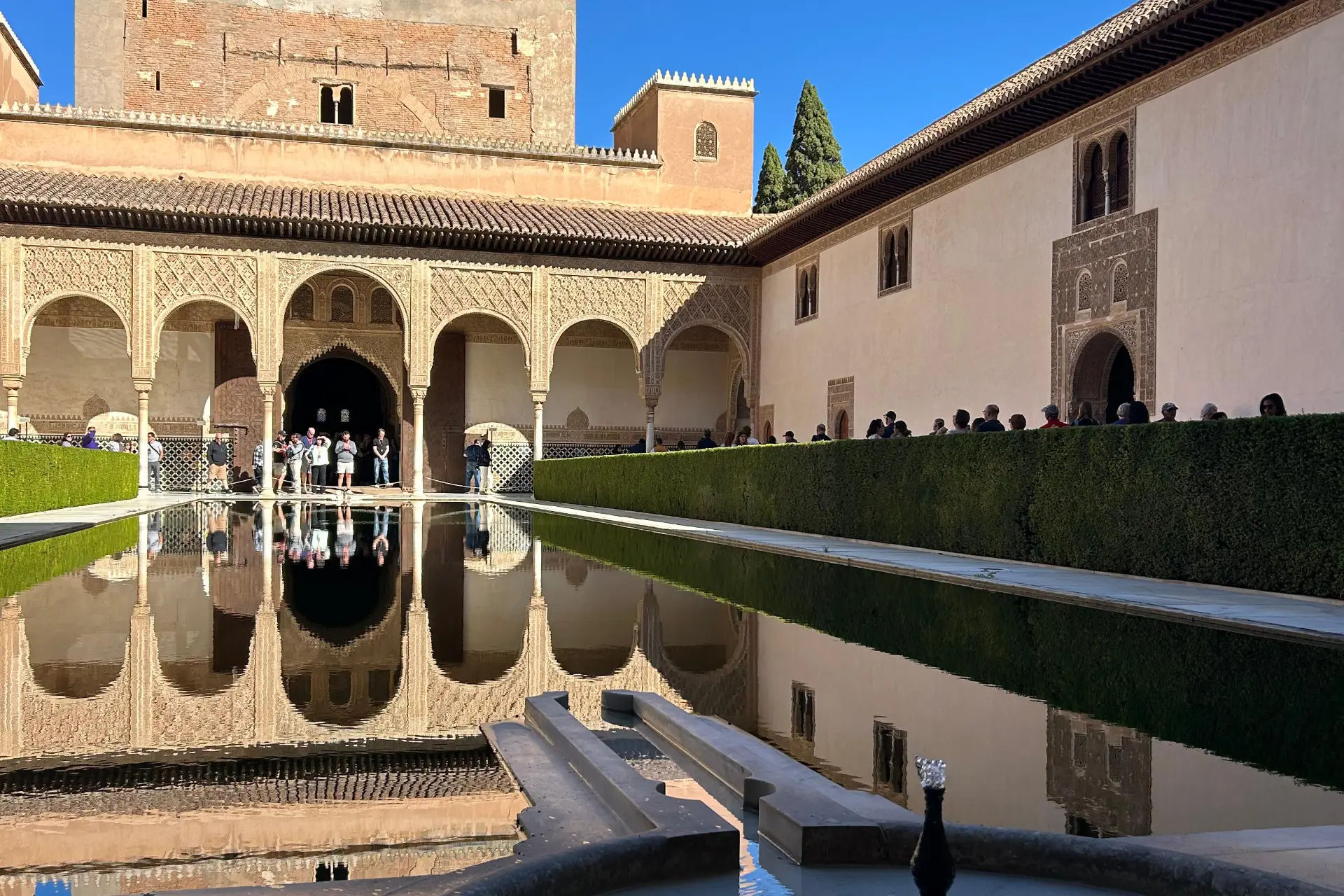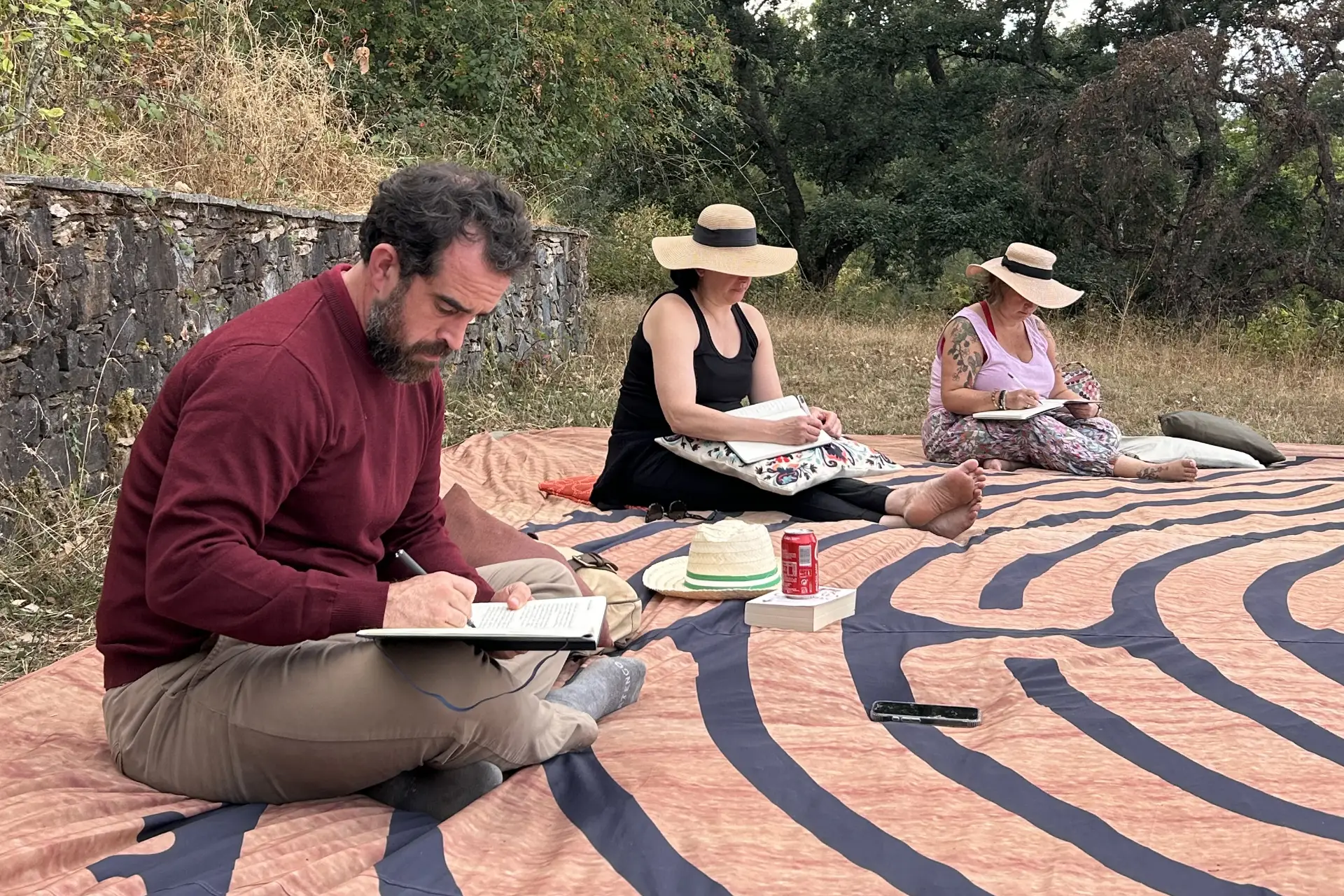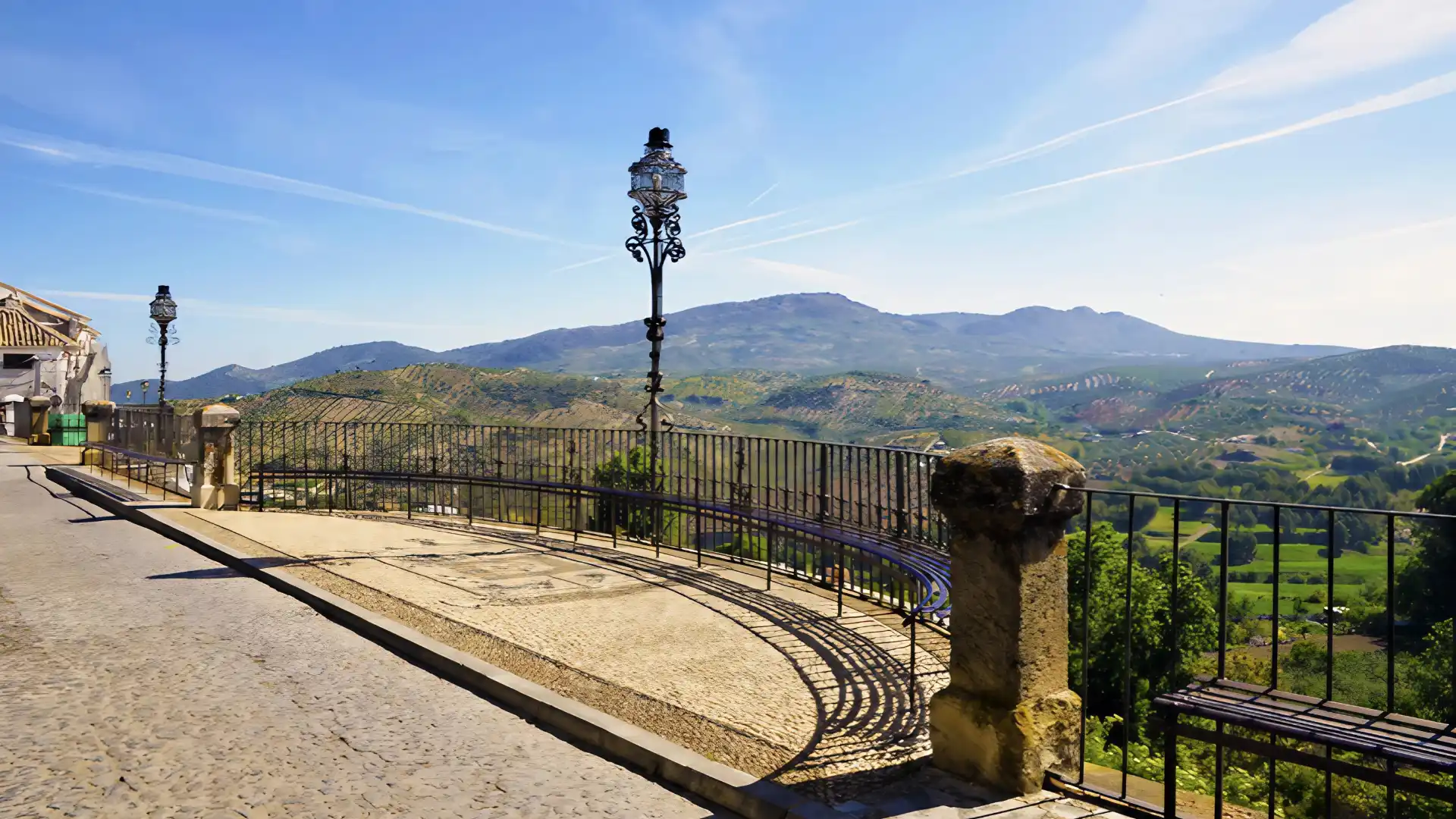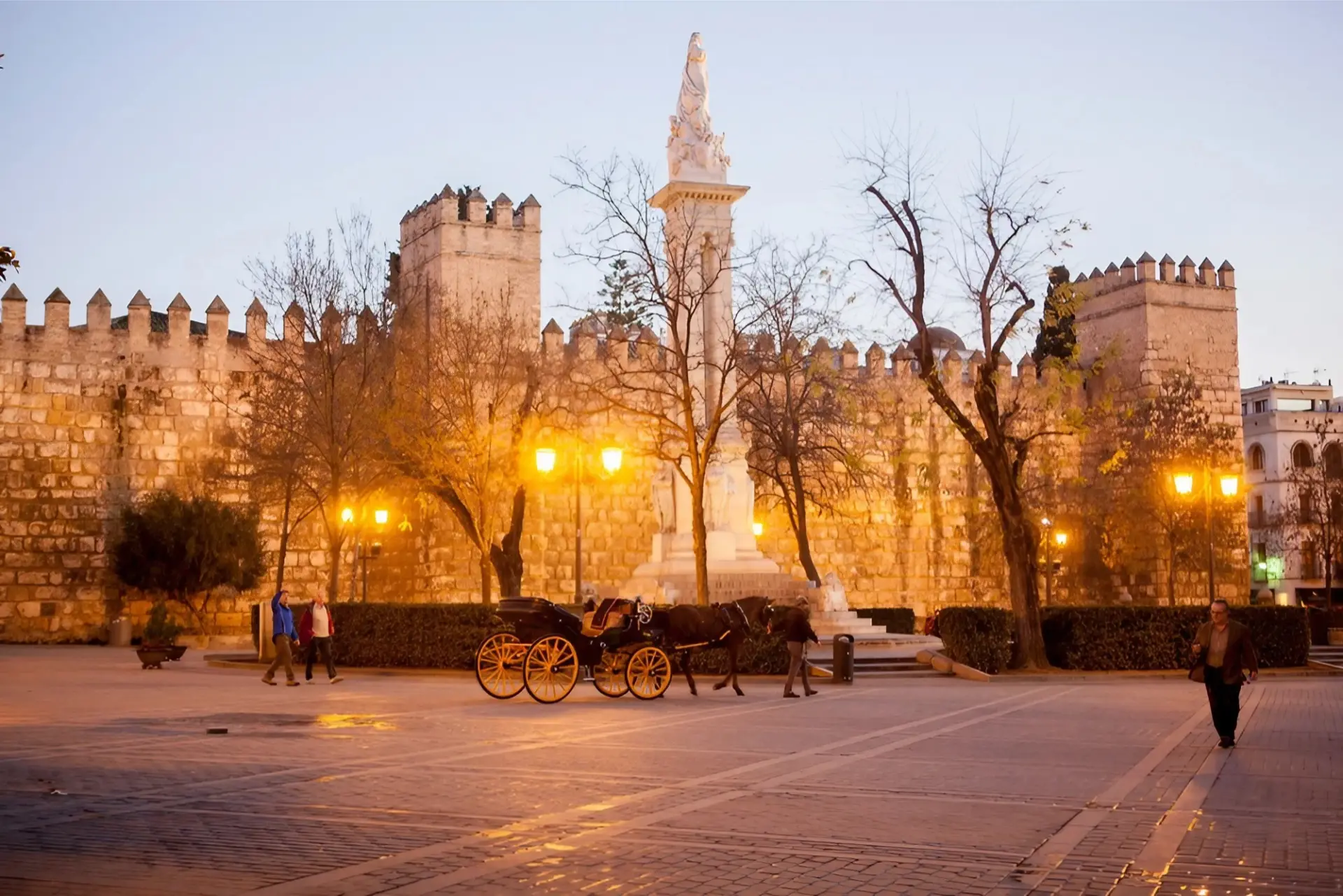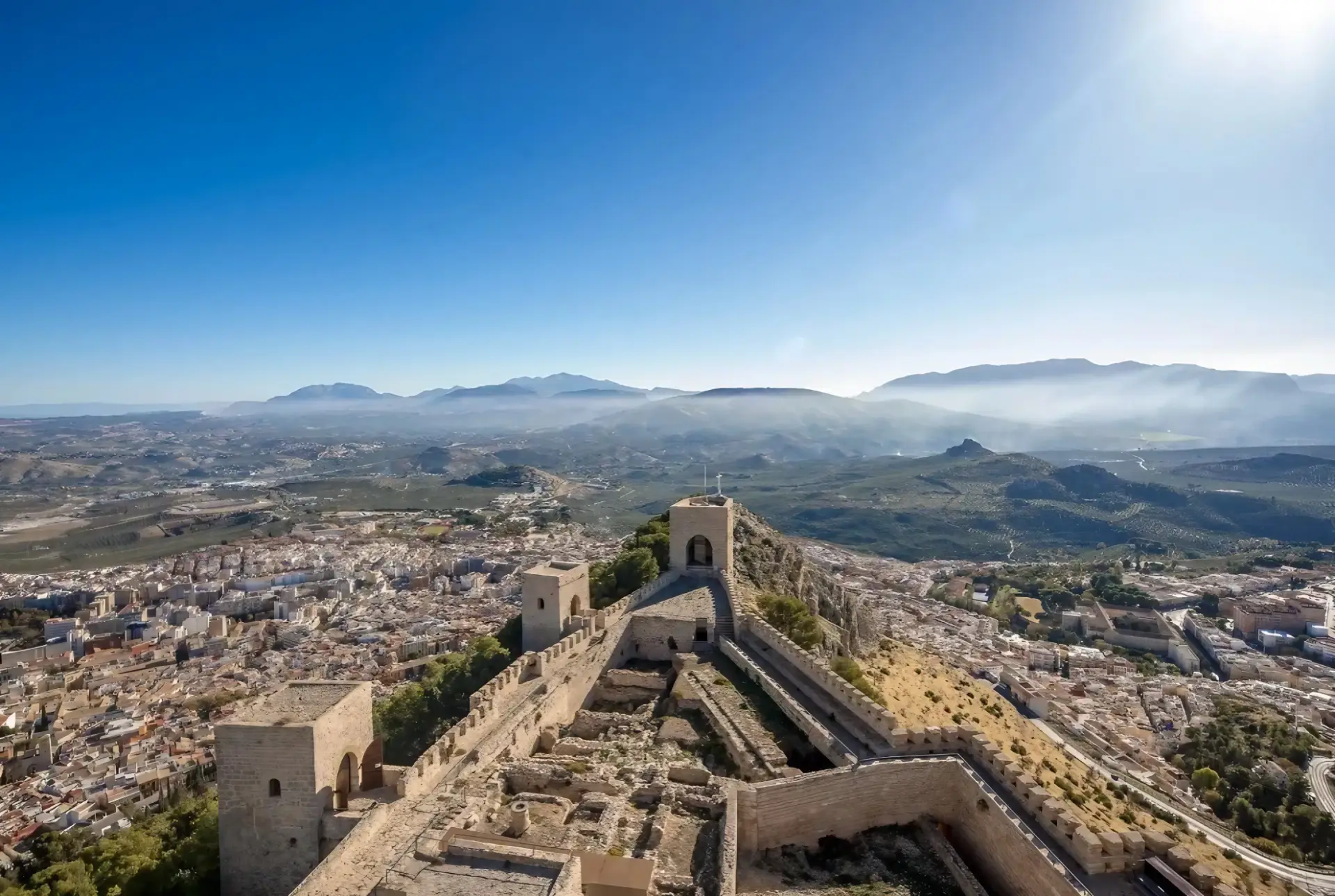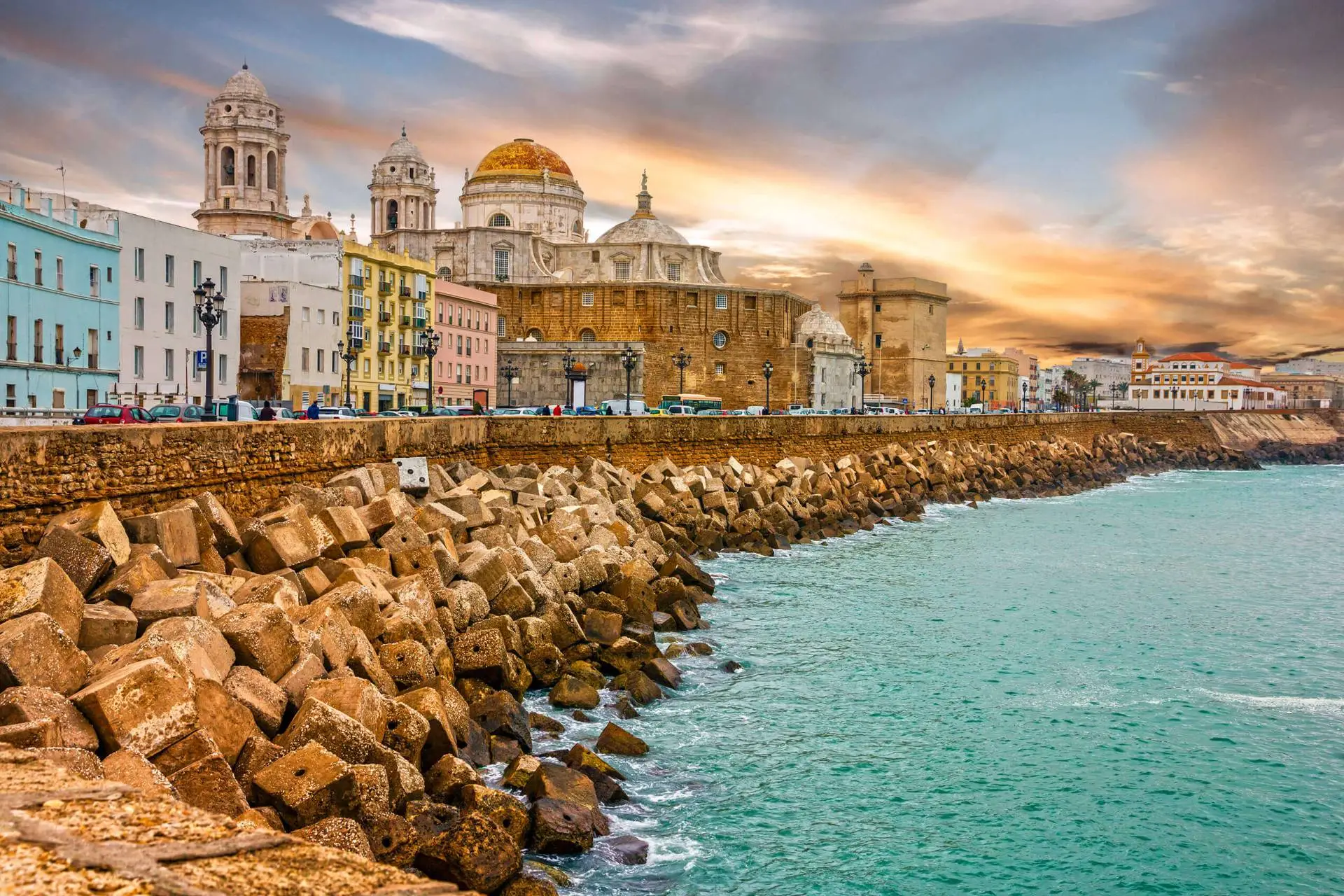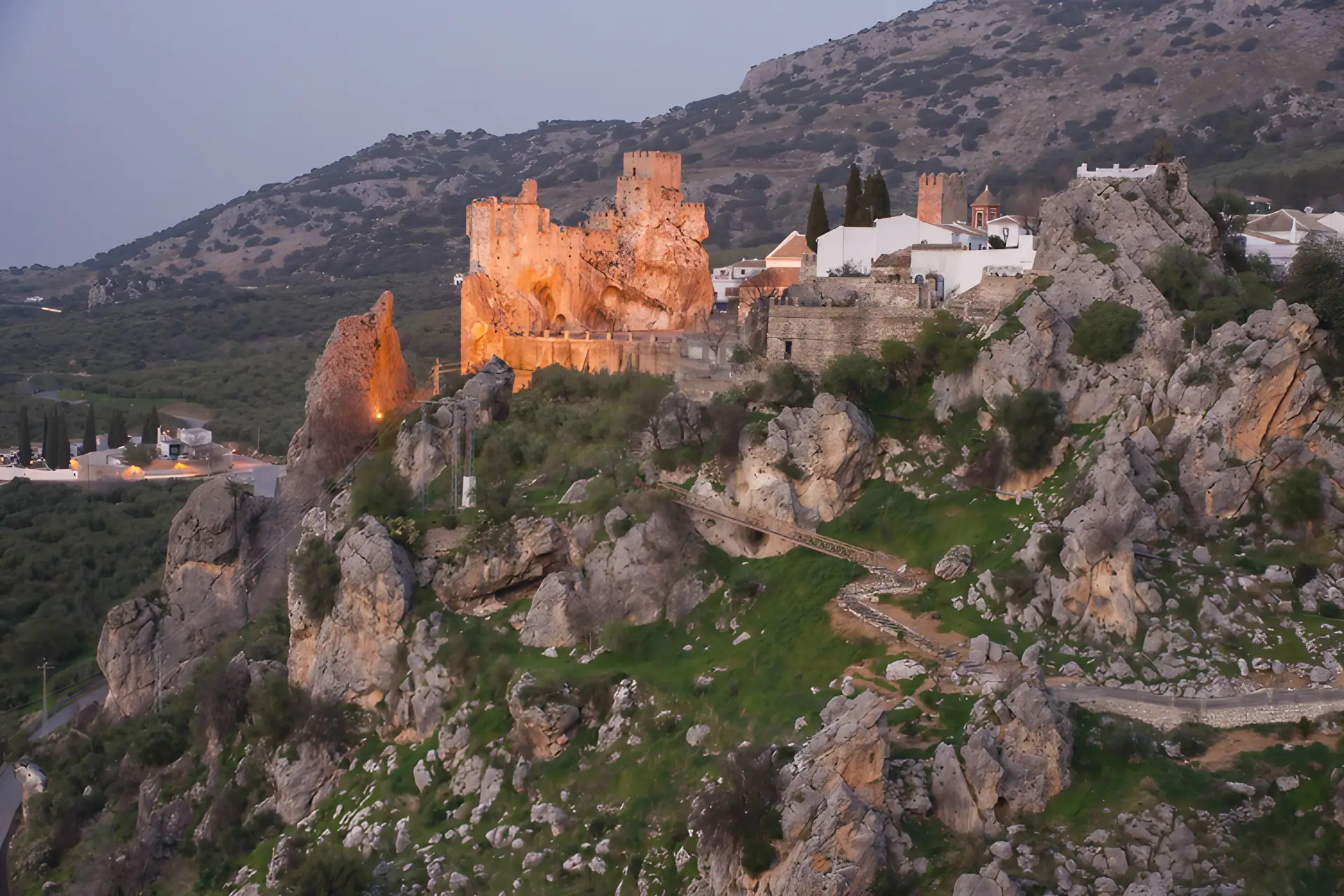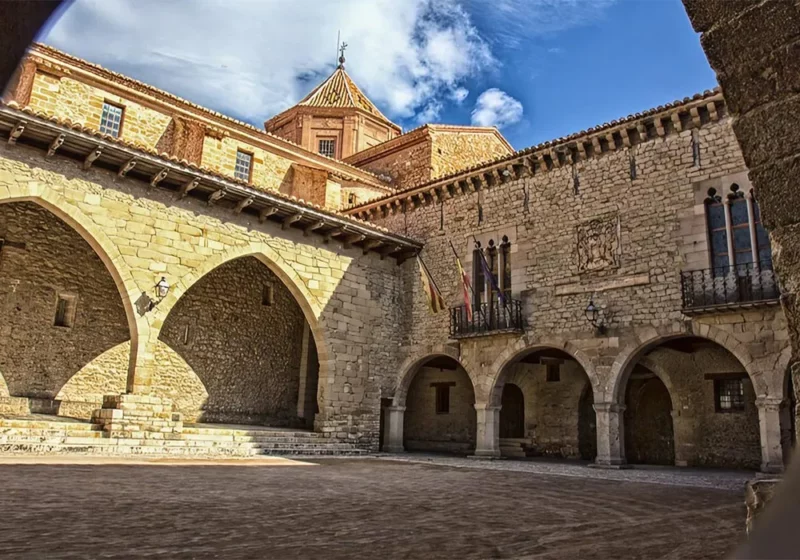
The World Tourism Organisation (UNWTO) announced its list of Best Tourism Villages 2023. It recognises villages leading the way in nurturing rural areas and preserving landscapes, cultural diversity, local values, and culinary traditions.
In 2023, UNWTO released its third edition, with 54 villages chosen from almost 260 applications. A further 20 villages have joined the Upgrade Programme, and all 74 villages are now part of the UNWTO Best Tourism Villages Network.
“Tourism can be a powerful force for inclusivity, empowering local communities and distributing benefits across regions,” emphasised UNWTO Secretary-General Zurab Pololikashvili. “This initiative acknowledges villages that have harnessed tourism as a catalyst for their development and well-being.”
How the Best Tourism Villages initiative works
The Best Tourism Villages initiative was launched in 2021 as part of the UNWTO Tourism for Rural Development Programme. The Programme has multiple aims, including development and inclusion in rural areas, combatting depopulation, advancing innovation and value chain integration through tourism and encouraging sustainable practices.
The villages are evaluated under nine key areas:
- Cultural and Natural Resources
- Promotion and Conservation of Cultural Resources
- Economic Sustainability
- Social Sustainability
- Environmental Sustainability
- Tourism Development and Value Chain Integration
- Governance and Prioritisation of Tourism
- Infrastructure and Connectivity
- Health, Safety, and Security
Find out more about the program.
Spain’s Best Tourism Villages 2023
New this year were three villages in Spain, bringing the total to eight. The additional villages are: Cantavieja, Oñati, and Sigüenza.
Cantavieja, Aragon
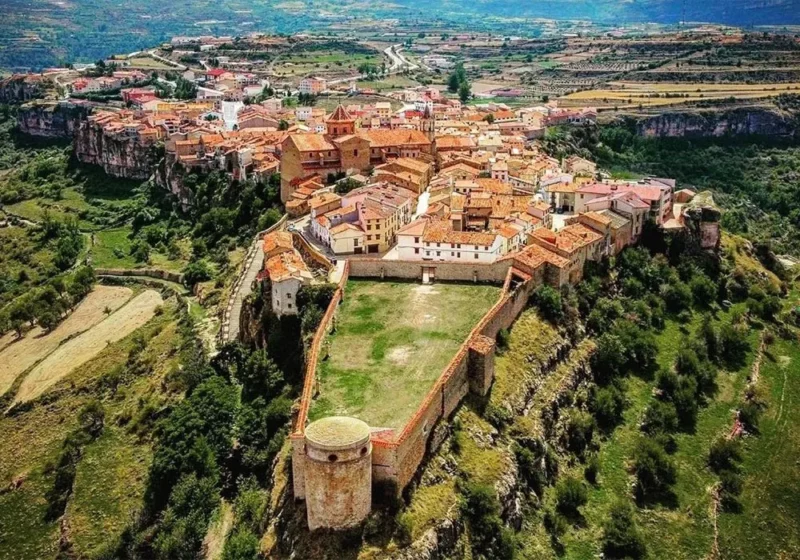
At the heart of the urban area, is one of Aragon’s most exquisite squares, featuring the eighteenth-century Baroque-style Church of the Assumption, the fifteenth-century Gothic Church of San Miguel, and the recently declared Cultural Interest manor houses, including La Nevera.
The rich heritage of this town is a product of its unique historical evolution, marked by the dominance of military orders from the thirteenth to the nineteenth centuries. Initially, the Templars held sway, succeeded by the Sanjuanistas. The Carlist Wars in the nineteenth century played a significant role, with the town achieving national and even international prominence.
The municipality’s natural attributes provide a perfect habitat for a wide variety of monumental trees, including junipers and quejigos, which grow to impressive heights. In terms of wildlife, you’ll encounter species such as ibex, roe deer, wild boar, and foxes, along with mustelids like the garduña, the marten, and the otter.
Sigüenza, Guadalajara
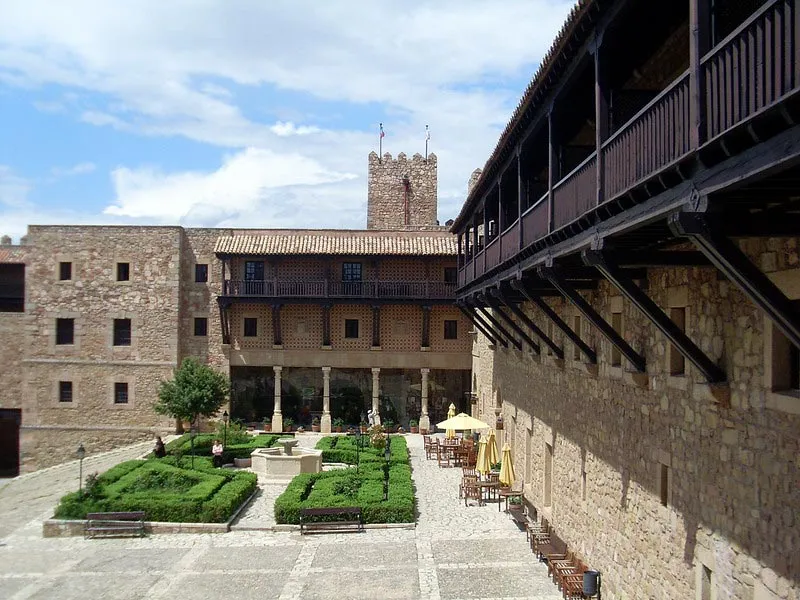
As you explore Sigüenza, you’ll witness the fascinating layers of history, beginning with ancient settlers, including the Celtiberians, Romans, Visigoths, and Arabs. However, it’s the medieval Sigüenza that immediately captures your attention.
The village boasts three iconic landmarks that are absolute must-sees: the castle, the cathedral, and the Plaza Mayor. But don’t be fooled; Sigüenza’s streets are also teeming with enchanting civil and religious buildings. The castle, now a hotel under the “Paradores” chain, was erected after the Arab invasion in the 8th century, replacing the earlier citadel. The cathedral, with its origins dating to 1130, reflects Romanesque architecture, later evolving into Gothic styles. Its exterior exudes the essence of a medieval fortress, adorned with Romanesque towers, a portico, and a breathtaking rose window. Inside, it houses the tomb of Martín Vázquez de Arce, affectionately known as El Doncel de Sigüenza, a prominent Gothic sculpture in Spain and a symbol of the town.
Sigüenza’s culinary scene is distinguished by its top-quality, traditional dishes, crafted from local ingredients.
Oñati, Basque Country

Oñati is an enchanting village steeped in history and graced with monumental treasures. Located in the southwest of the province of Guipúzcoa, within the heart of the Basque Country in Spain, Oñati enjoys a setting surrounded by mountains and valleys, nestled in the Alto Deba region, celebrated for its robust cultural and linguistic identity.
Oñati stands out for its commitment to a sustainable and inclusive tourism model, emphasising development through the integration, experience, and collaboration of all stakeholders in the tourism sector. The village has elevated the worth of its cultural and natural heritage within the Basque Country’s tourism landscape, crafting responsible and dedicated tourism offerings that draw travellers seeking authenticity and sustainable experiences.
Oñati is an ideal destination for tourists with a passion for history, art, gastronomy, and the splendours of nature.
The other five villages on the list are:
- Alquézar, Huesca
- Guadalupe, Cáceres
- Lekunberri, Navarre
- Morella, Valencia
- Rupit, Cataluña
Discover Spain’s official and unofficial beautiful villages with Toma & Coe, experiencing authentic Spain.

